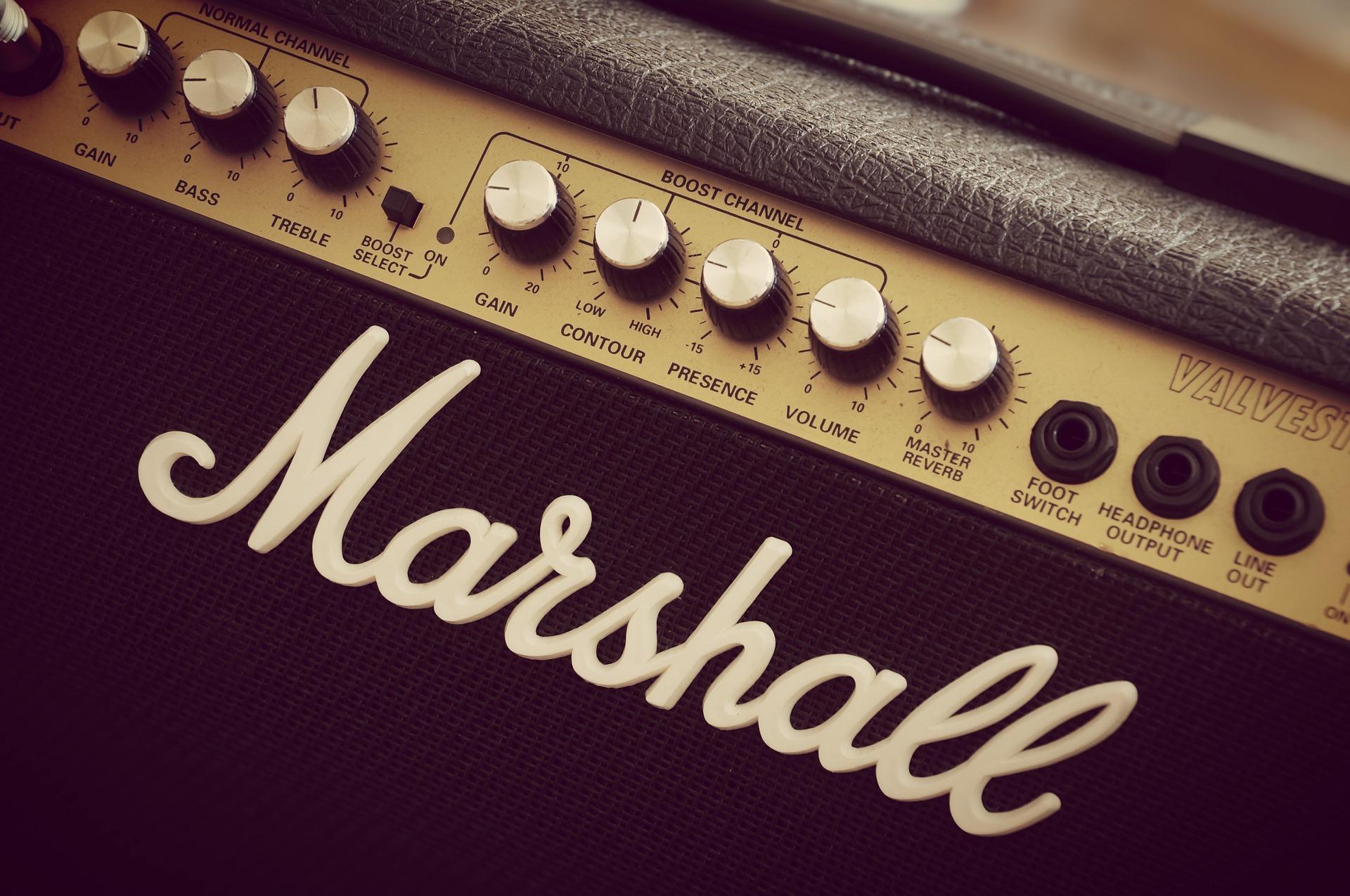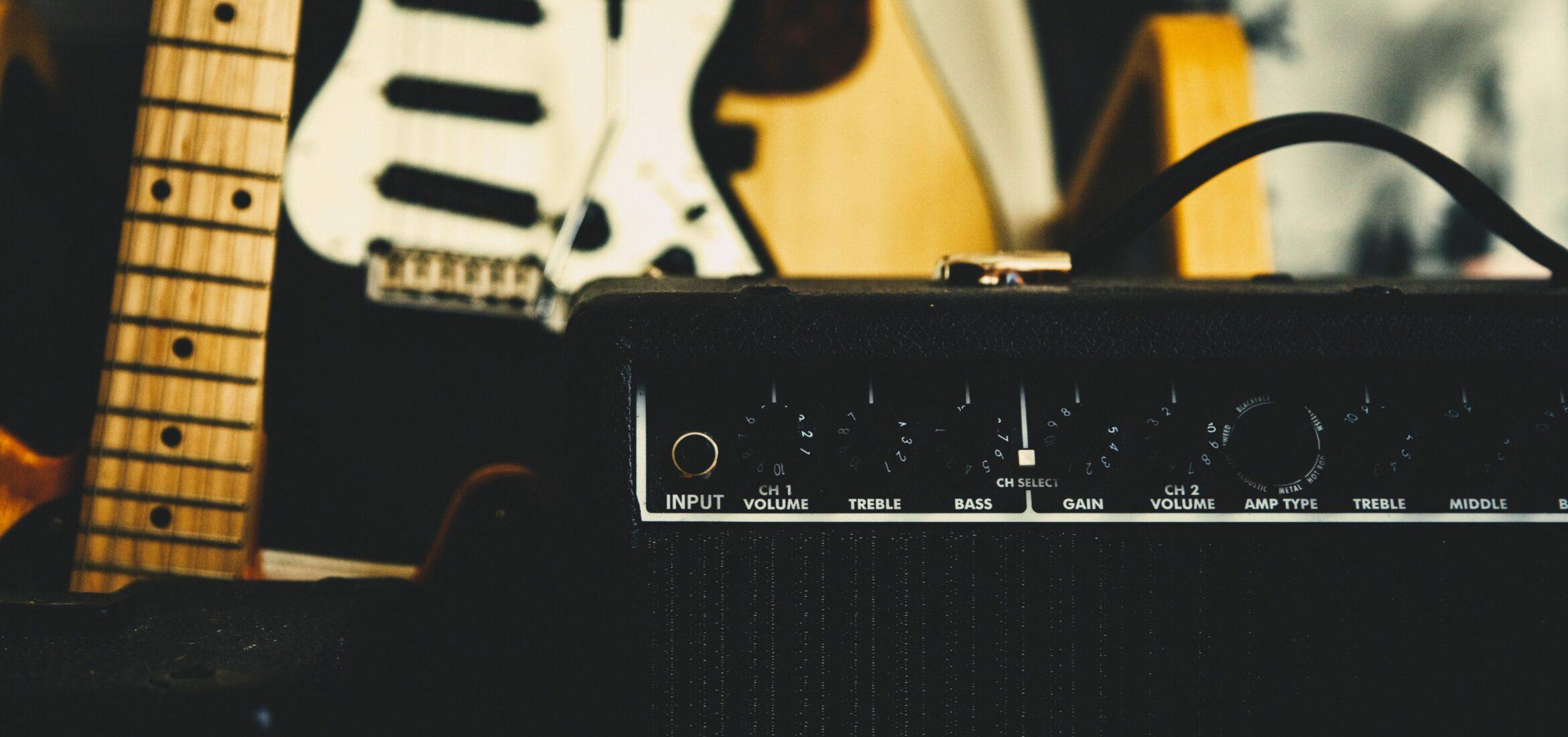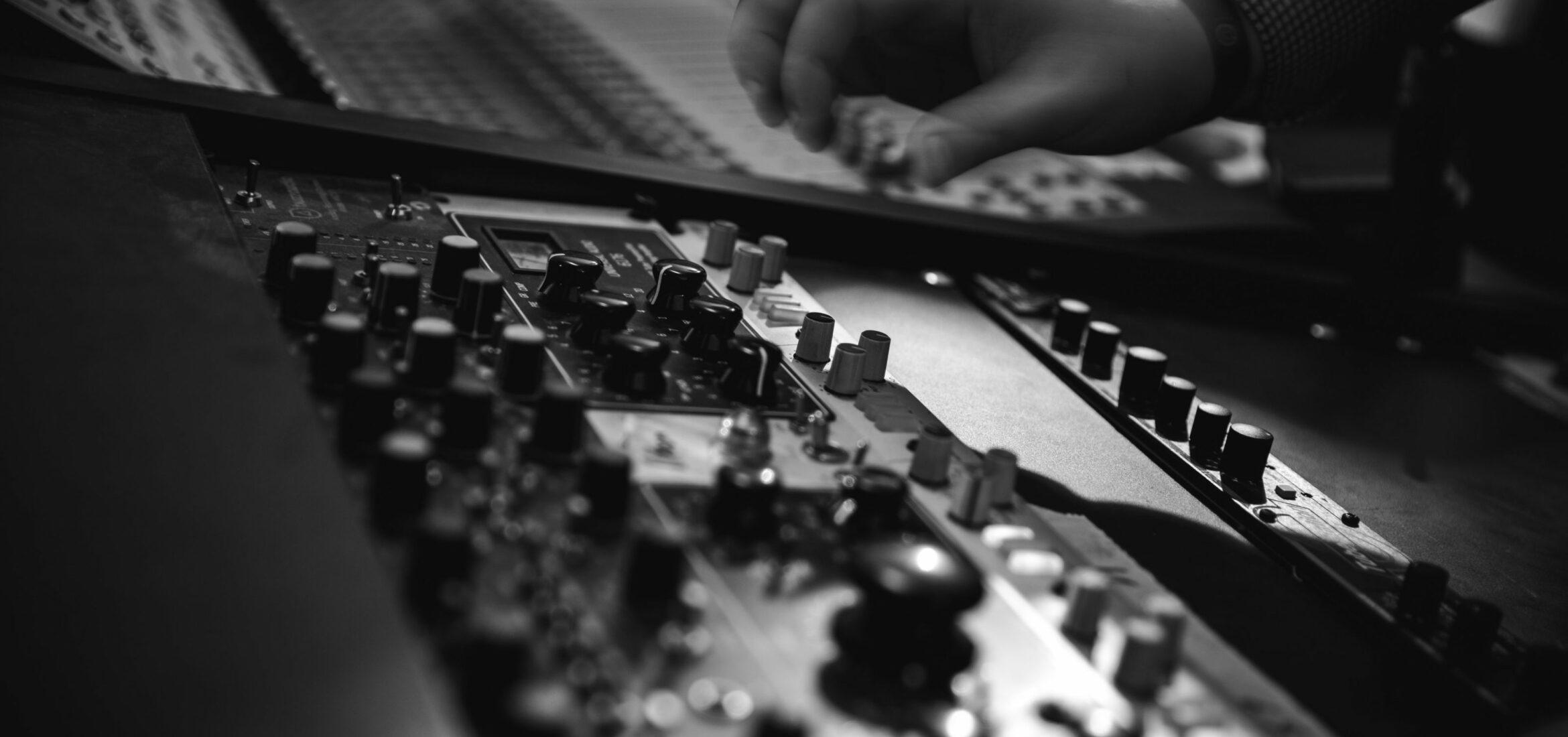We all know that guitars and basses are different, despite some similarities. Sure, the stringed instruments are cousins in many ways. But, generally speaking, basses perform the duties of the lower range while guitars handle the middle and higher ranges. The distinction between guitar and bass is apparent enough to most people. But unless you’re an experienced musician or gearhead, you might have wondered about the differences between the gear used by guitarists and bass players. To the untrained eye, this equipment mostly looks identical. However, logic would dictate that if guitars and basses present differences, so would guitar vs. bass amps. But what are these differences, and what for?
Guitar vs. Bass Amps: The 3 Major Differences
Without getting too technical, we can sum up the different aspects of guitar vs. bass amps in three categories: power, design, and voicing. Let’s briefly go over the what and the why of these three distinctions.
1. Power
Even if you’re not an electrician, it’s easy enough to grasp that guitar amps and bass amps would have different power requirements. Think about the sound produced and desired by a guitar vs. that of a bass. The former wants less low-end and more clarity for melodic phrasing, with enough drive for powerful rhythm sections. The latter needs booming lows that reach the spine and drag it to the floor. Lower frequencies need more power behind them to be heard and felt. Therefore, bass amps require more wattage than guitar amps. While a guitar amp can range from 15 to 100 watts, bass amps can fall anywhere between 100 and 500 watts.
2. Design

Again, the difference between guitar vs. bass amps can be hard to see at first glance. Look closer, though, and you’ll start to notice some key design discrepancies between the two. The most obvious difference lies in the controls on the amp itself. Of course, the types and amount of controls on the guitar and bass amps varies depending on the model and manufacturer. But generally speaking, guitar amps feature more controls for things like presence, distortion, channels, effects, and more. Bass amps usually keep it more simple with fewer knobs but still feature EQ settings for proper blending with the rest of the mix.
3. Voicing (tone)
Lastly, voicing can differ greatly between guitar vs. bass amps. The science behind voicing can get complicated, but for now, we can think of voicing as tone. The tone produced by an amp has a lot to do with the power capacity we mentioned earlier, as well as other components like resistors, capacitors, and transformers. Basically, the physical components of the amp will determine the voicing produced by the amp. Because bass amps require increased wattage to handle the lower frequencies passing through them, they produce a deeper and cleaner tone.
Conclusion
In reality, bass amps and guitar amps aren’t all that different. They simply require slightly different construction, design philosophy, and power requirements to accommodate the instruments themselves. And if you’re wondering about price differences, high-quality amps don’t come cheap, whether for bass or guitar! If you are still yet to purchase your bass we’ve got some tips on choosing your first bass guitar.
Sobre el autor

Ethan Keeley
Escritor, locutor, músico y editor de audioEthan Keeley es músico, locutor y escritor de Rochester, Nueva York. Cuando no está de gira con su grupo Unwill, trabaja en nuevas canciones e historias.
Deja un comentario
Entrar para comentar



